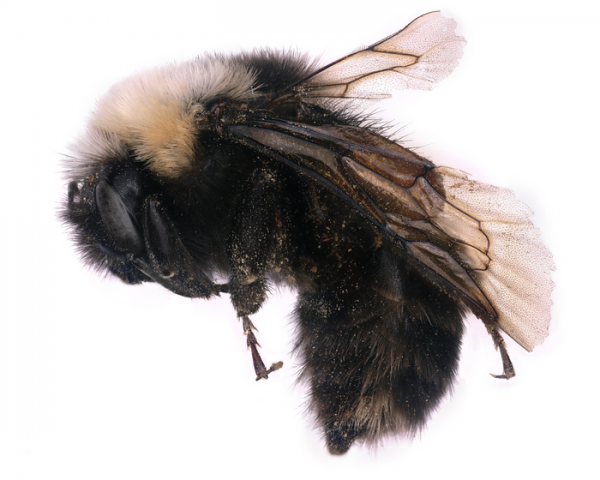The USDA Agricultural Research Service is leading a project dubbed "Beenome100" to produce high-quality maps of the genomes of at least 100 bee species, capturing the diversity of bees in the United States, representing each of the major bee taxonomic groups in this country.
There are about 4,000 native bee species in this country from the giant, colorful Sonoran bumble bee to the 0.08-inch solitary bee Perdita minima. There also are more than 55 non-native bee species, some of which are agriculturally essential such as the European honey bee and the alfalfa leaf cutter bee.
"An aim of Beenome100 is to create a first-of-its-kind library of high-quality, highly detailed genome maps that will help researchers answer the big questions like what genetic differences make some bee species more vulnerable to climate change or whether a bee species is likely to be more susceptible to a pesticide," explained entomologist Jay Evans with the ARS Bee Research Laboratory in Beltsville, Maryland, and co-lead of the project.
Read more at: US Department of Agriculture - Agricultural Research Service
The genome of the endangered Franklin’s bumble bee is being sequenced from a museum specimen as part of the Beenome100 Project. (Photo Credit: Colleen Meidt, ARS-USDA.)


